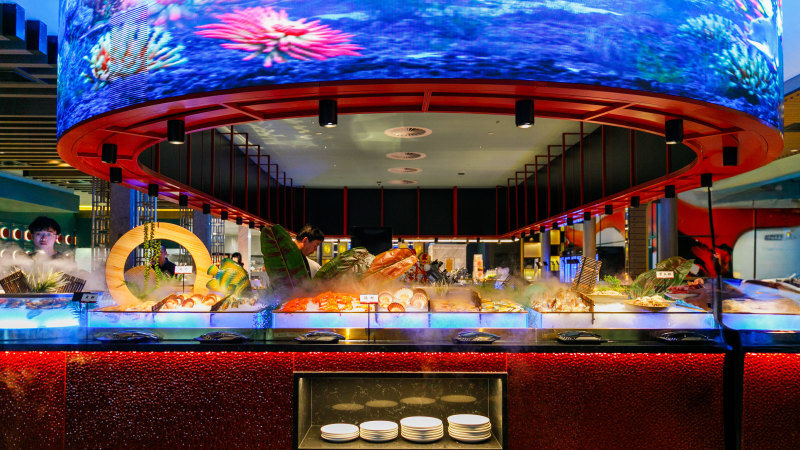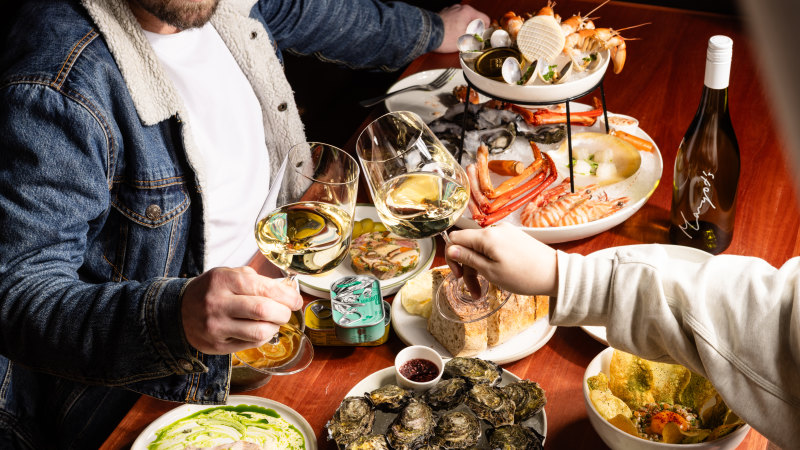ASHEVILLE, N.C. (AP) — Nearly a week after Hurricane Helene brought devastation to western North Carolina, a shiny stainless steel tanker truck in downtown Asheville attracted residents carrying 5-gallon containers, milk jugs and buckets to fill with what has become a desperately scare resource — drinking water.
Flooding tore through the city’s water system, destroying so much infrastructure that officials said repairs could take weeks. To make do, Anna Ramsey arrived Wednesday with her two children, who each left carrying plastic bags filled with 2 gallons (7.6 liters) of water.
“We have no water. We have no power. But I think it’s also been humbling,” Ramsey said.
Helene’s left a trail of power outages so large the darkness was visible from space. and more than 200 people were killed, making Helene the deadliest hurricane to hit the mainland U.S.
since in 2005. Hundreds of people are still unaccounted for, and search crews must to learn whether residents are safe. It also damaged water utilities so severely and over such a wide inland area that one federal official said the toll “could be considered unprecedented.
” As of Thursday, about 136,000 people in the Southeast were served by a nonoperational water provider and more than 1.8 million were living under a boil water advisory, according to the Environmental Protection Agency. Western North Carolina was especially hard hit.
Officials are facing a difficult rebuilding task made harder by the steep, narrow.

















